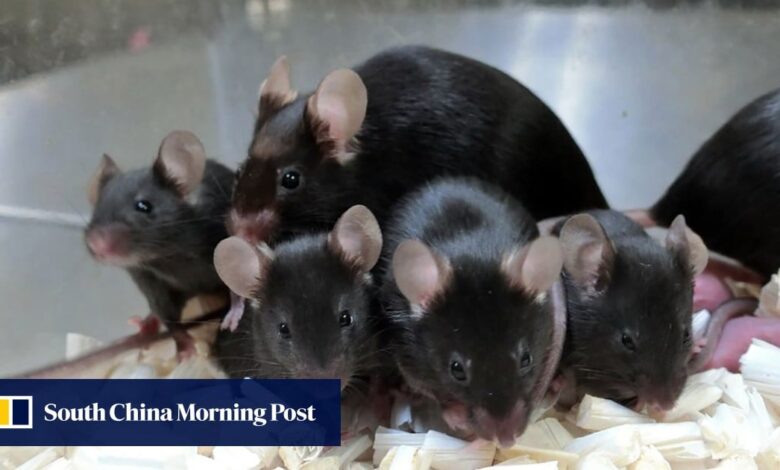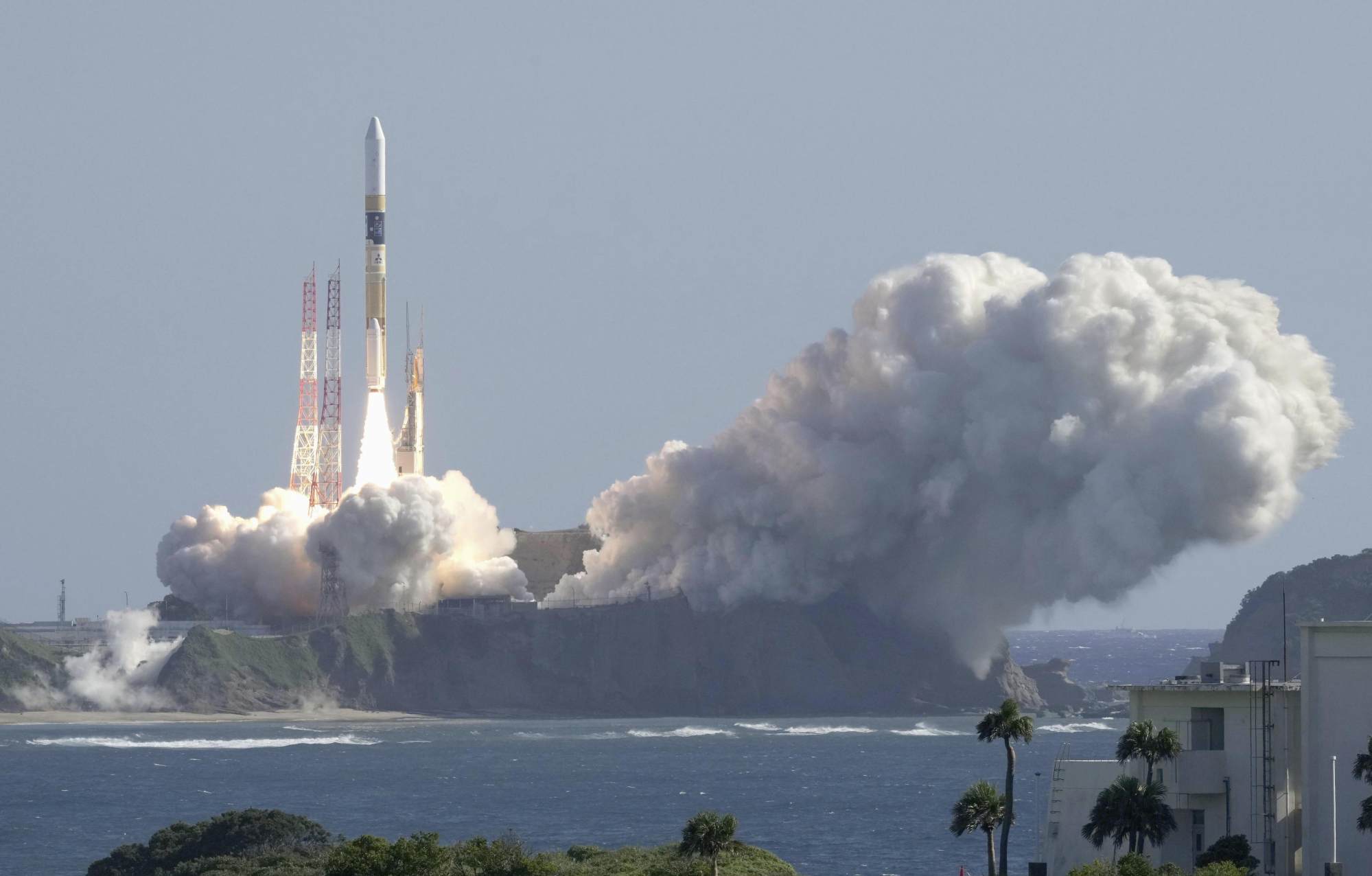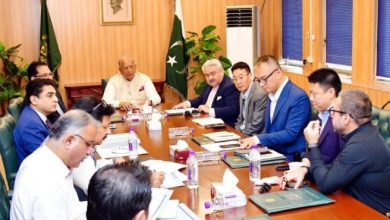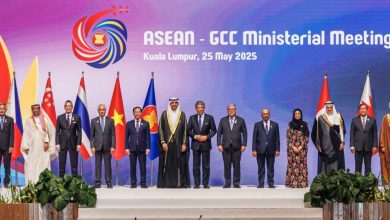Japanese scientists grow mouse embryos in space for first time. Are human births next?

[ad_1]
Japanese scientists grow mouse embryos in space for first time. Are human births next?
Mouse embryos have been grown on the International Space Station and developed normally in the first study indicating it could be possible for humans to reproduce in space, a group of Japanese scientists said.
The researchers, including Teruhiko Wakayama, a professor of University of Yamanashi’s Advanced Biotechnology Centre, and a team from the Japan Aerospace Space Agency (JAXA), sent frozen mouse embryos on board a rocket to the ISS in August 2021.
Astronauts thawed the early-stage embryos using a special device designed for this purpose and grew them on the station for four days.
“The embryos cultured under microgravity conditions developed” normally into blastocysts, cells that develop into the fetus and placenta, the scientists said.
As Japan pushes to sell Southeast Asia more seafood, will consumers bite?
As Japan pushes to sell Southeast Asia more seafood, will consumers bite?
The experiment “clearly demonstrated that gravity had no significant effect,” the researchers said in a study that was published online in the scientific journal iScience on Saturday.
They also said there were no significant changes in condition of the DNA and genes, after they analysed the blastocysts that were sent back to their laboratories on Earth.
This is “the first-ever study that shows mammals may be able to thrive in space,” University of Yamanashi and national research institute Riken said in a joint statement on Saturday.
It is “the world’s first experiment that cultured early-stage mammalian embryos under complete microgravity of ISS,” the statement said.

“In the future, it will be necessary to transplant the blastocysts that were cultured in ISS’s microgravity into mice to see if mice can give birth” to confirm that the blastocysts are normal, it added.
Such research could be important for future space exploration and colonisation missions.
Under its Artemis programme, Nasa plans to send humans back to the Moon to learn how to live there long-term to help prepare a trip to Mars, sometime towards the end of the 2030s.

[ad_2]
Source link





